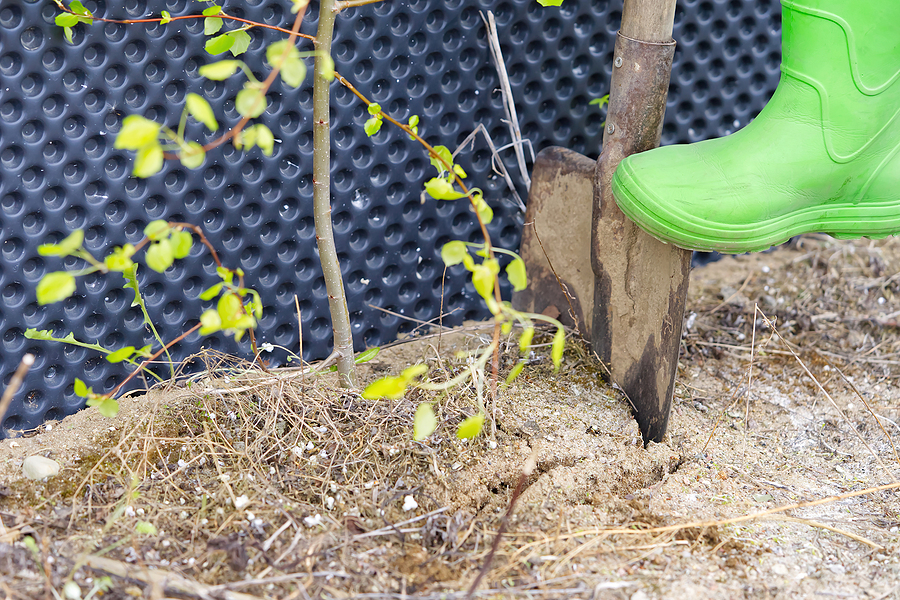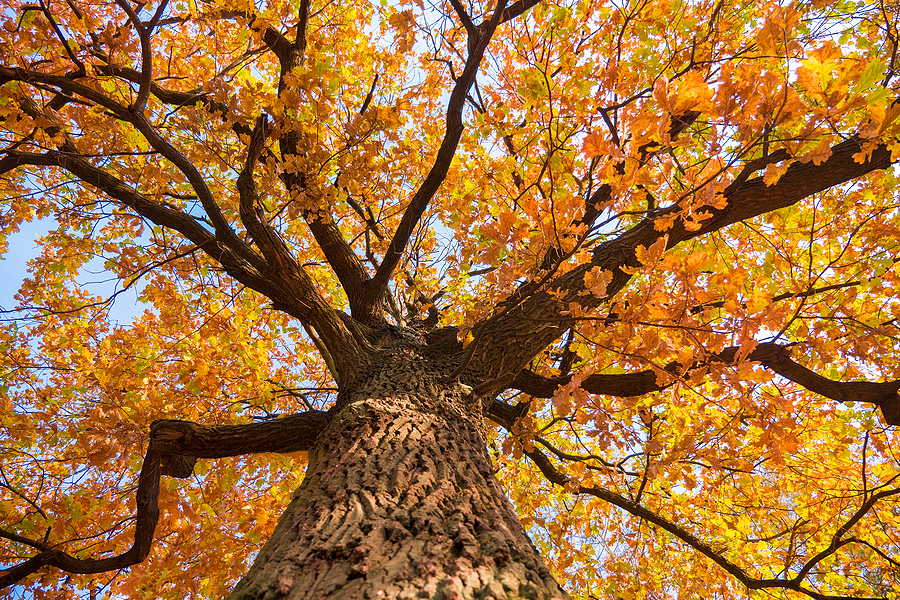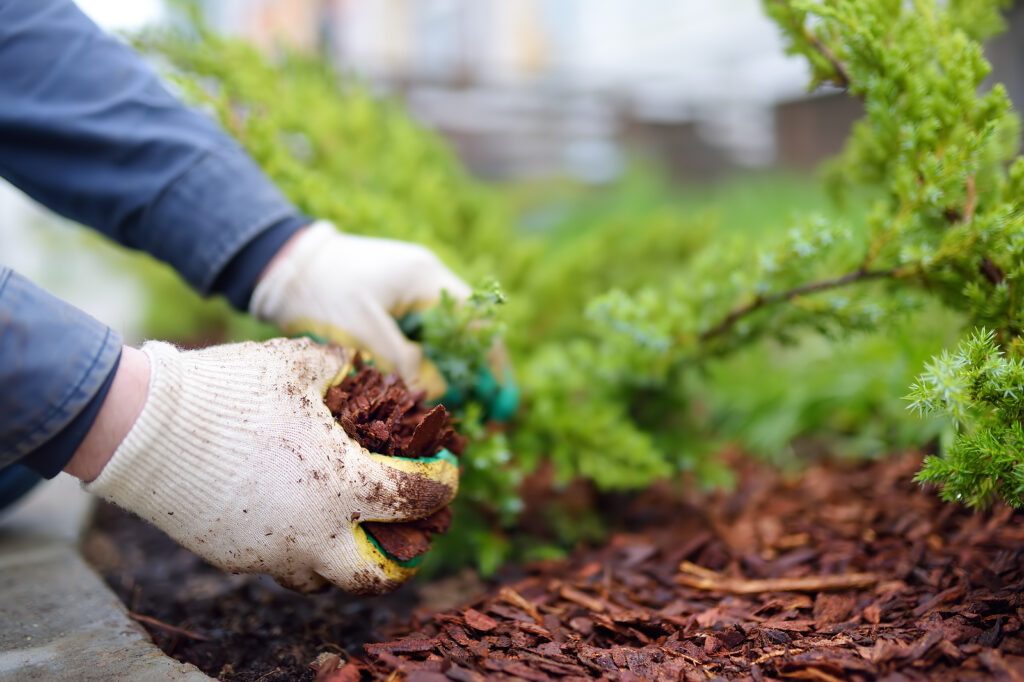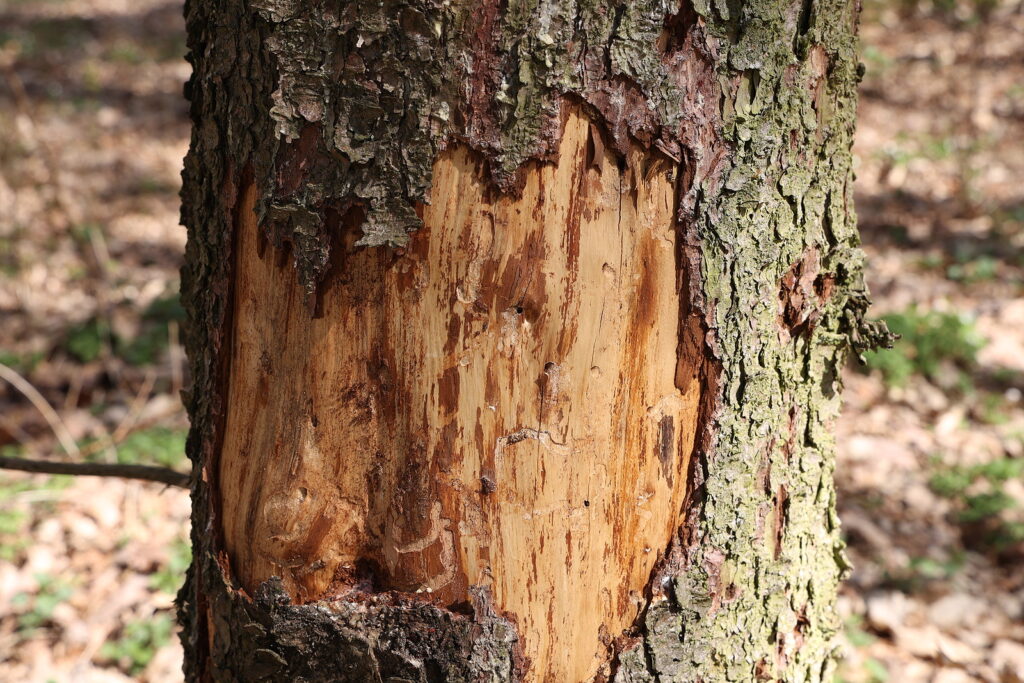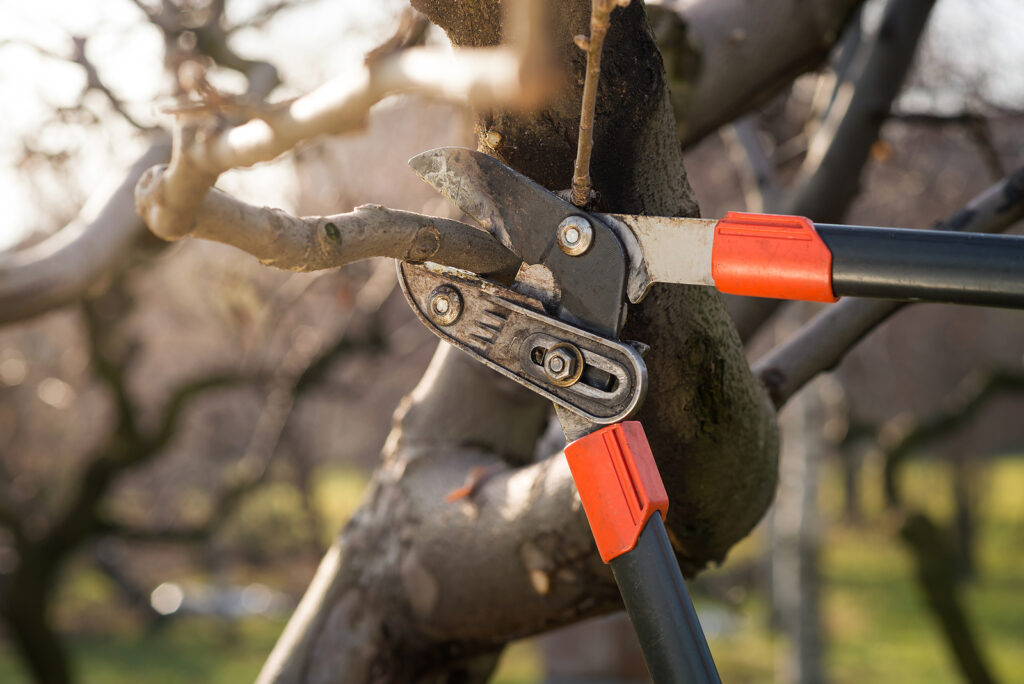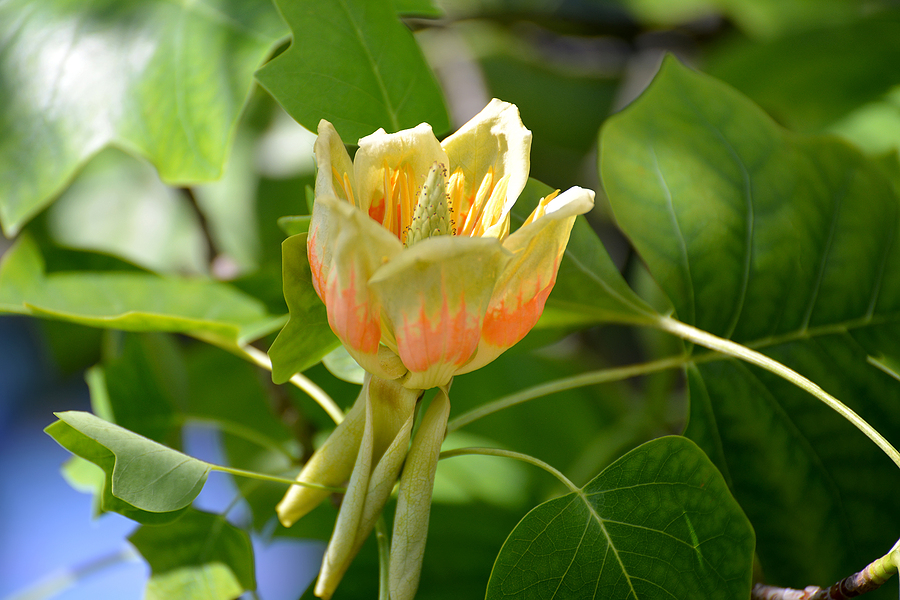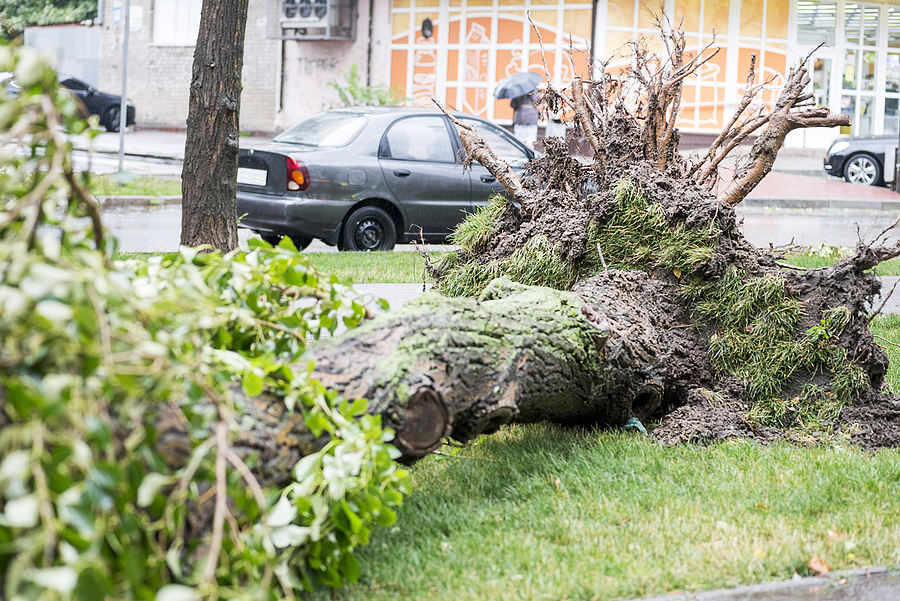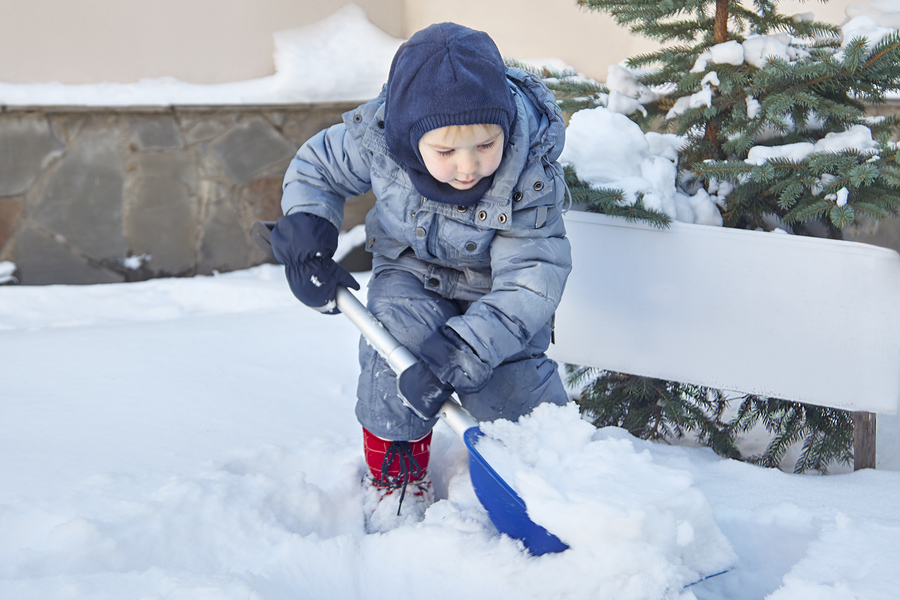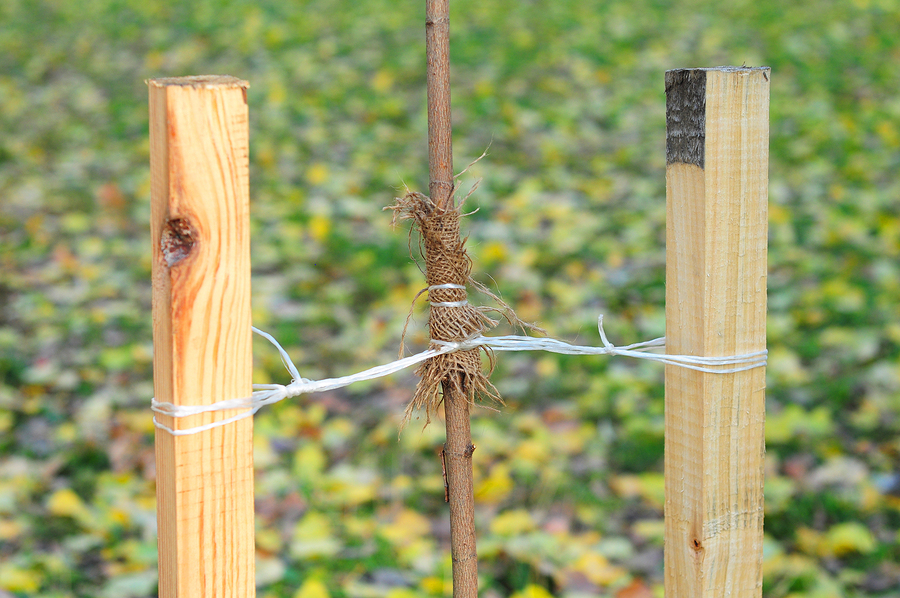As winter approaches and temperatures start to drop, it’s important to be mindful of how the colder weather can affect your trees. While winter is an important part of the tree’s growth cycle, extreme winter weather can cause damage and even death if not properly cared for. Fortunately, there are some simple steps you can take to help ensure that your trees survive the winter months safely and healthily.
Continue below to learn the top 10 tips for winter tree care that will help keep your trees in top condition throughout the coldest season of the year!
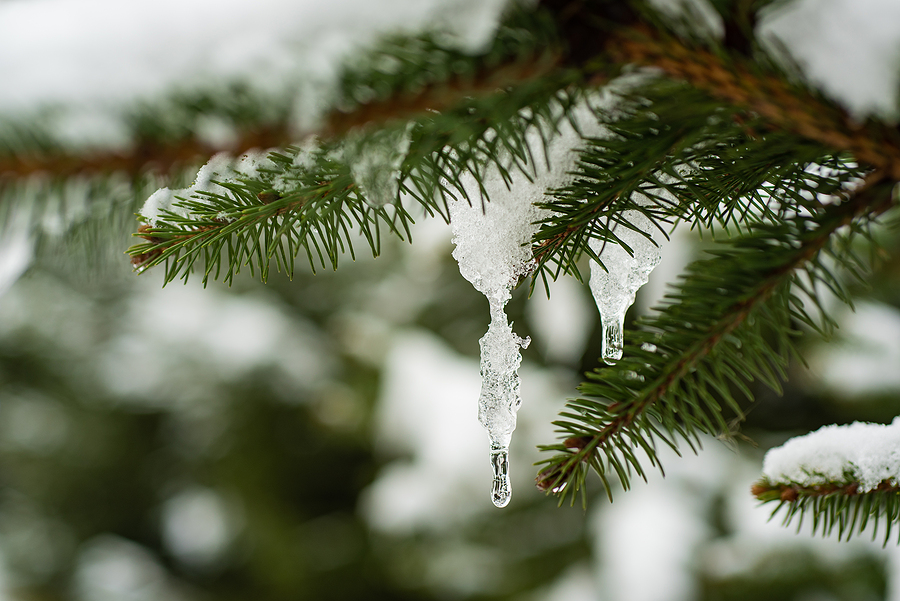
Winter Tree Care Tips That Promote Longevity
For your trees to stay happy and healthy through winter, some simple caring steps will help you on your way. Taking the time to prepare your trees now may prove fruitful come springtime. Follow these helpful tips for winter tree care so that your trees remain in optimal condition even during the chilliest season:
1. Water Your Trees Regularly: It might seem counterintuitive, but winter is actually a great time to water your trees – even if it’s cold outside! Giving your trees a deep and thorough watering will help them stay hydrated during periods of extreme cold. Be sure to use lukewarm or slightly warm water for winter watering – cold water can cause damage to tree roots.
2. Prune Your Trees: Winter is the best time of year for pruning, as it gives trees a chance to heal and grow in the spring. Be sure to use sharp tools and follow correct pruning techniques so you don’t cause any unnecessary damage to your trees.
3. Wrap Your Trees: Wrapping your trees before winter arrives can help protect them from extreme weather conditions such as strong winds, ice storms and heavy snow. Make sure you use wrapped that is rated for winter tree protection and fit it snugly around the trunk of the tree without restricting its growth.
4. Fertilize Your Trees: Applying winter fertilizer before winter arrives will help your trees stay healthy and strong. Choose a winter-specific fertilizer that is designed to meet the needs of winter tree care.
5. Mulch Around Trees: A thick layer of mulch around the base of your trees can help insulate their roots from cold temperatures and help the soil retain moisture. Be sure not to over-mulch, however, as too much mulching can actually cause tree roots to rot!
6. Avoid Planting Trees in Winter: While winter may seem like a great time for planting trees, it’s important to remember that winter is a tough season for tree survival. Avoid planting trees in winter and wait until spring when temperatures are milder.
7. Look Out for Pests: Winter is a prime time for pests such as rodents, insects, and even disease to attack your trees. Take some time to inspect your trees regularly throughout winter and look out for any signs of damage or distress.
8. Monitor for Signs of Stress: Extreme winter weather can cause trees to become stressed, so it’s important to monitor your trees regularly and look out for signs of stress such as yellowing leaves or wilting branches. If you notice any concerning signs, contact a tree service company immediately.
9. Protect Trees From Snow and Ice: If your area is prone to heavy snowfall, it’s important to make sure that your trees are protected from the weight of the snow. Place some winter tree guards around the trunks of your trees to reduce the pressure from heavy snow.
10. Seek Professional Help: If you’re having problems with winter tree care or are unsure how to proceed with winter tree protection, it’s always best to consult a professional tree care company in Indianapolis. The team at your local tree service company can provide expert advice and assistance in winter tree maintenance that will help keep your trees healthy and safe throughout winter.
Indianapolis Winter Tree Service is a Phone Call Away
Following these 10 tips for winter tree care is the best way to make sure your trees survive winter safely and healthily. Taking the time to properly care for your trees during winter will ensure that they stay strong and resilient when the warmer weather arrives.
Complete Tree Care is your premier winter tree service provider in the Indy region. Contact us today at 317-783-2518 to request more information about our winter tree services in Indianapolis, Indiana. We provide residential and commercial tree services, as well as storm damage tree service.
Related Posts:
Top 3 Winter Tree Damages and How to Prevent Them
Why You Should Remove Tree Branches That Overhang the Roof
The Advantages of Tree Pruning in Winter

